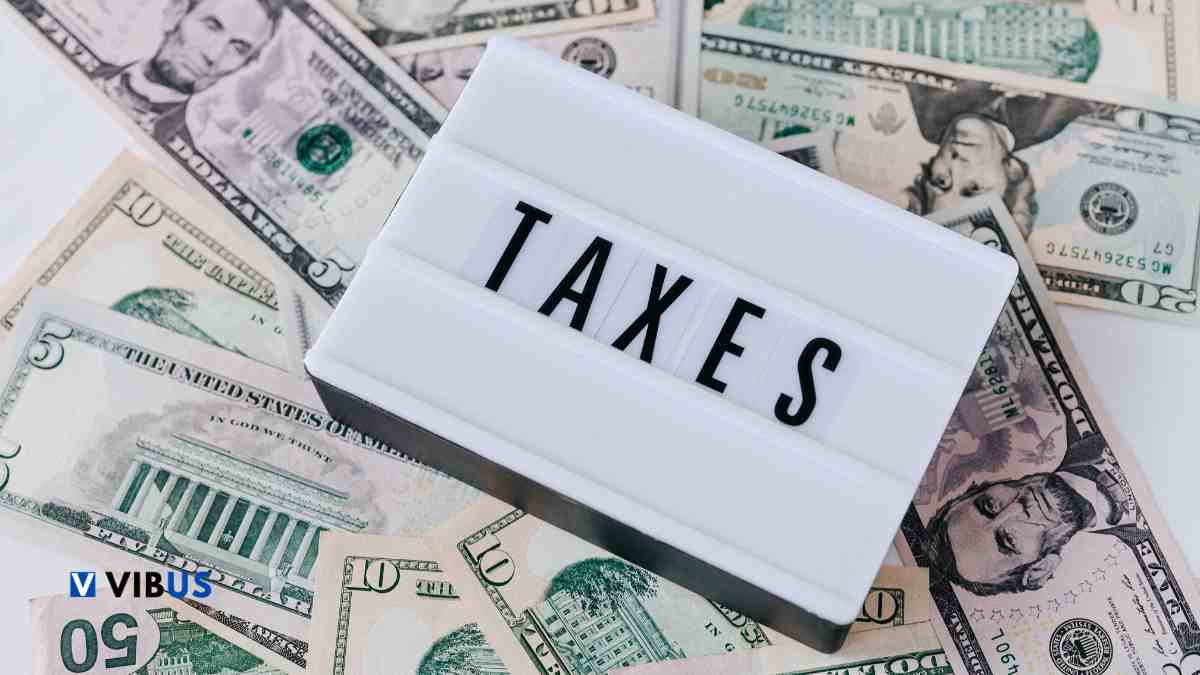The Earned Income Tax Credit (EITC) is a significant tax benefit for individuals who earn income through work, whether as an employee or from a business. This credit is designed to provide financial relief to those with earned income, including wages and other taxable income. In this article, we will delve into the details of the EITC Payment 2024.
The EITC is a unique tax credit that offers refunds to those who work either full-time or part-time. However, refunds are only available to applicants who do not owe any income tax. This makes it a valuable benefit for low to moderate-income earners.
The Earned Income Tax Credit (EITC)
The EITC encompasses taxable income earned from various sources such as:
- Working as an employee
- Operating a business
- Running a farm
- Providing services like booked rides
- Retailing
It’s important to note that EITC does not cover income from pensions, securities, or interests.
For the year 2024, the Earned Income Tax Credit range is between $632 and $7830. In comparison, the EITC credit payment amounts for 2023 were set at $600, $3995, $6604, and $7430.
Staying informed about the EITC Payment 2024 is essential for anyone who qualifies for this beneficial tax credit. Understanding the eligibility criteria and the potential refund amounts can help you plan your finances better and ensure you receive the maximum benefit available.
Keep an eye out for further updates as the payout date approaches, and make sure to file your taxes accurately to take advantage of the Earned Income Tax Credit.
What are the income limits to qualify for the Earned Income Tax Credit (EITC)?
The Earned Income Tax Credit (EITC) is a refundable tax credit for low to moderate income workers. To qualify for the EITC, your earned income and AGI must be below certain limits. The limits are based on your tax filing status and number of children. EITC income limits:
- For the 2023 tax year, the maximum AGI to qualify ranges from $17,640 for single filers with no children to $63,398 for married joint filers with 3+ children.
- For the 2024 tax year, the AGI limits increase to a range of $18,591 for single filers with no children up to $66,819 for married joint filers with 3+ children.
- Your investment income must also be $11,000 or less in 2023 ($11,600 or less in 2024) to be eligible for the EITC.
- The EITC phases in as your earned income increases. It reaches a maximum, then phases out at higher income levels until the credit is zero.
- The phase-in and phase-out rates depend on your filing status and number of qualifying children. For example, in 2023 the EITC for a single filer with 1 child phases in at a 34% rate up to a maximum $3,995 credit, then phases out at 15.98% starting at $21,560 until reaching zero at $46,560 AGI.
Earned Income Tax Credit Payout Date 2024
If you filed your income tax return early, the IRS could issue your refund by February 27, 2024. You have until April 15, 2024 to claim your taxes. However, the due date can be extended to October 15, 2024.
Factors Affecting Your EITC Payment
Whether or not you receive your payment on time depends on several key factors:
- Filing Date: The earlier you file your tax return, the sooner you may receive your EITC payment.
- Filing Method: How you file your tax return—online or through mail—can impact the timing of your payment.
- Government Debt: If you owe money to the government, this can affect when and if you receive your EITC payment.
There are also other factors that may influence the timing of your EITC payment.
Understanding the Earned Income Tax Credit (EITC) can significantly benefit families by providing financial relief. This tax credit is designed to assist low to moderate-income workers and families, ensuring they receive the support they need. Let’s break down the specific amounts you can expect based on the number of qualifying children in your household.
Maximum Earned Income Tax Credit Amounts
The amount of the Earned Income Tax Credit varies depending on the number of qualifying children in the household. Here’s a detailed breakdown:
Households with No Qualifying Children
If there are no qualifying children, the maximum EITC amount is $632.
Households with One Qualifying Child
For households with one qualifying child, the maximum EITC amount increases to $4,213.
Households with Two Qualifying Children
When there are two qualifying children, the maximum EITC amount is $6,960.
Households with Three or More Qualifying Children
If there are three or more qualifying children, the EITC amount can go up to $7,830.
Single Parent Households
Single parents can also benefit from the EITC, with amounts adjusted based on the number of qualifying children:
- No Qualifying Children: Maximum EITC of $18,591
- One Qualifying Child: Maximum EITC of $49,084
- Two Qualifying Children: Maximum EITC of $55,768
- Three or More Qualifying Children: Maximum EITC of $59,899
By understanding these figures, you can better prepare and maximize the benefits from the Earned Income Tax Credit. Ensure you check the latest requirements and consult with a tax professional to make the most out of your EITC claim.
Are you curious about how much you can earn through the Earned Income Tax Credit (EITC)? Let’s break it down for you.
Maximum EITC Based on Family Status
The EITC amount varies depending on the number of qualifying children in a married or joint family. Here’s how it works:
- No qualifying children: Maximum EITC is up to $25,511.
- One qualifying child: Maximum EITC is up to $56,004.
- Two qualifying children: Maximum EITC is up to $62,668.
- Three or more qualifying children: Maximum EITC is up to $66,819.




